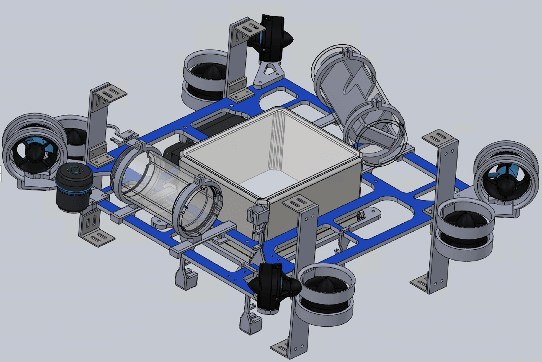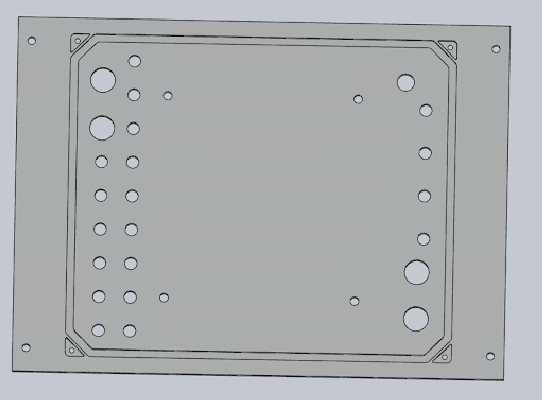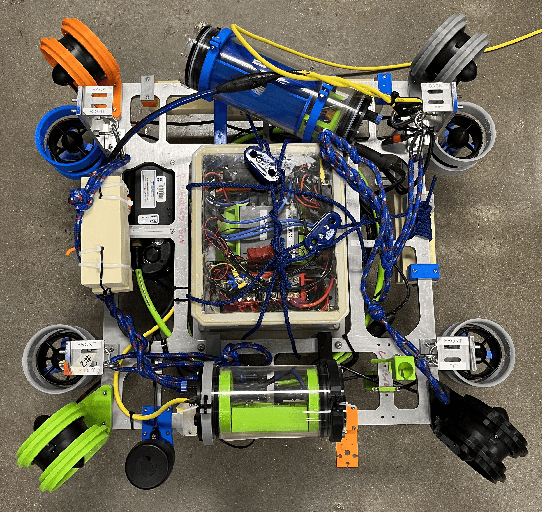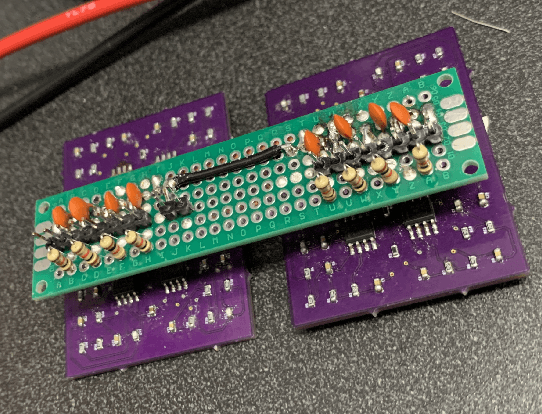Rico Zhu
AutoSchA: Automatic Hierarchical Music Representations via Multi-Relational Node Isolation
Dec 20, 2025Abstract:Hierarchical representations provide powerful and principled approaches for analyzing many musical genres. Such representations have been broadly studied in music theory, for instance via Schenkerian analysis (SchA). Hierarchical music analyses, however, are highly cost-intensive; the analysis of a single piece of music requires a great deal of time and effort from trained experts. The representation of hierarchical analyses in a computer-readable format is a further challenge. Given recent developments in hierarchical deep learning and increasing quantities of computer-readable data, there is great promise in extending such work for an automatic hierarchical representation framework. This paper thus introduces a novel approach, AutoSchA, which extends recent developments in graph neural networks (GNNs) for hierarchical music analysis. AutoSchA features three key contributions: 1) a new graph learning framework for hierarchical music representation, 2) a new graph pooling mechanism based on node isolation that directly optimizes learned pooling assignments, and 3) a state-of-the-art architecture that integrates such developments for automatic hierarchical music analysis. We show, in a suite of experiments, that AutoSchA performs comparably to human experts when analyzing Baroque fugue subjects.
Technical Design Review of Duke Robotics Club's Oogway: An AUV for RoboSub 2024
Oct 13, 2024



Abstract:The Duke Robotics Club is proud to present our robot for the 2024 RoboSub Competition: Oogway. Now in its second year, Oogway has been dramatically upgraded in both its capabilities and reliability. Oogway was built on the principle of independent, well-integrated, and reliable subsystems. Individual components and subsystems were tested and designed separately. Oogway's most advanced capabilities are a result of the tight integration between these subsystems. Such examples include a re-envisioned controls system, an entirely new electrical stack, advanced sonar integration, additional cameras and system monitoring, a new marker dropper, and a watertight capsule mechanism. These additions enabled Oogway to prequalify for Robosub 2024.
Oogway: Designing, Implementing, and Testing an AUV for RoboSub 2023
Oct 13, 2024



Abstract:The Duke Robotics Club is proud to present our robot for the 2023 RoboSub Competition: Oogway. Oogway marks one of the largest design overhauls in club history. Beyond a revamped formfactor, some of Oogway's notable features include all-new computer vision software, advanced sonar integration, novel acoustics hardware processing, and upgraded stereoscopic cameras. Oogway was built on the principle of independent, well-integrated, and reliable subsystems. Individual components and subsystems were tested and designed separately. Oogway's most advanced capabilities are a result of the tight integration between these subsystems. Such examples include sonar-assisted computer vision algorithms and robot-agnostic controls configured in part through the robot's 3D model. The success of constructing and testing Oogway in under 2 year's time can be attributed to 20+ contributing club members, supporters within Duke's Pratt School of Engineering, and outside sponsors.
A New Dataset, Notation Software, and Representation for Computational Schenkerian Analysis
Aug 13, 2024Abstract:Schenkerian Analysis (SchA) is a uniquely expressive method of music analysis, combining elements of melody, harmony, counterpoint, and form to describe the hierarchical structure supporting a work of music. However, despite its powerful analytical utility and potential to improve music understanding and generation, SchA has rarely been utilized by the computer music community. This is in large part due to the paucity of available high-quality data in a computer-readable format. With a larger corpus of Schenkerian data, it may be possible to infuse machine learning models with a deeper understanding of musical structure, thus leading to more "human" results. To encourage further research in Schenkerian analysis and its potential benefits for music informatics and generation, this paper presents three main contributions: 1) a new and growing dataset of SchAs, the largest in human- and computer-readable formats to date (>140 excerpts), 2) a novel software for visualization and collection of SchA data, and 3) a novel, flexible representation of SchA as a heterogeneous-edge graph data structure.
 Add to Chrome
Add to Chrome Add to Firefox
Add to Firefox Add to Edge
Add to Edge